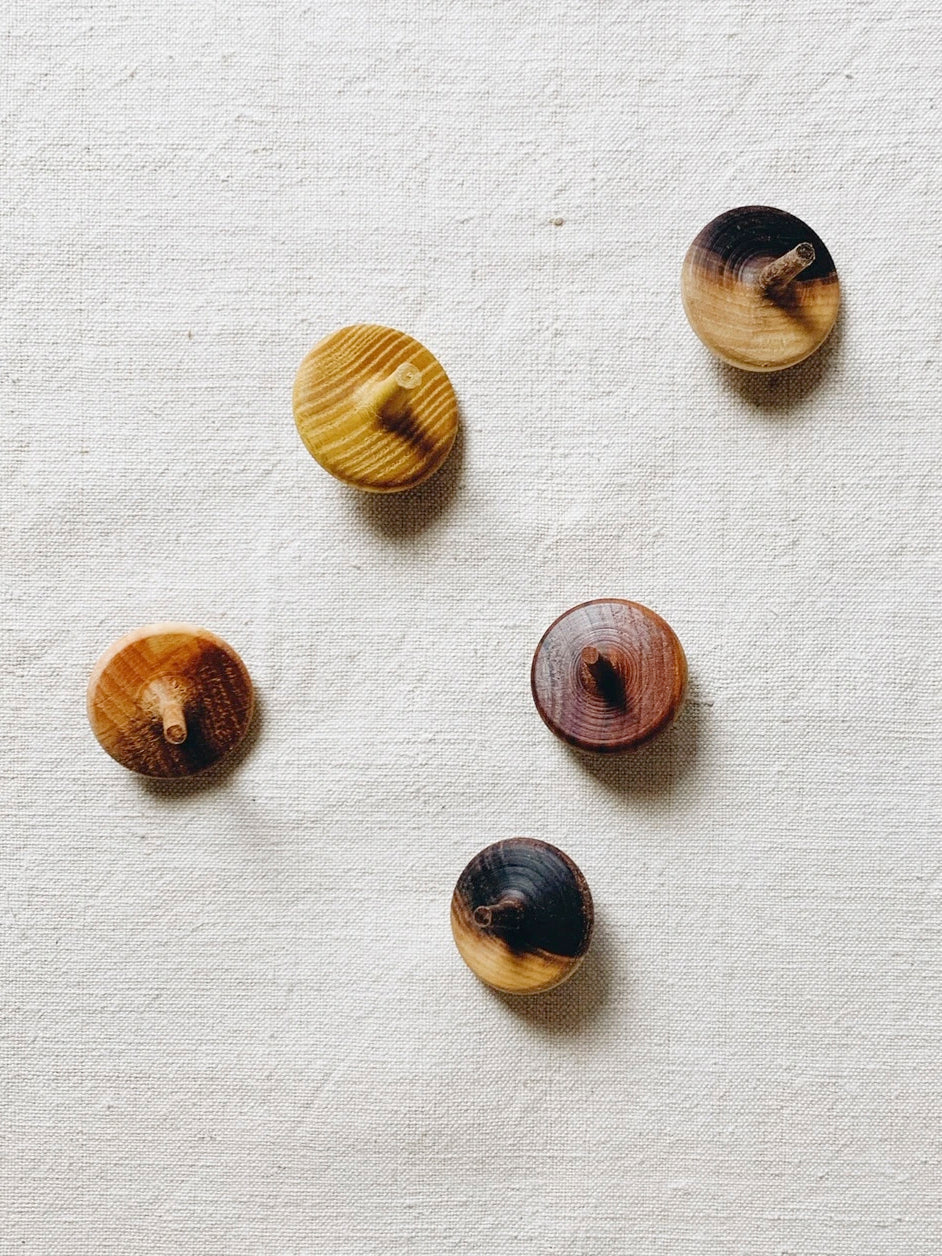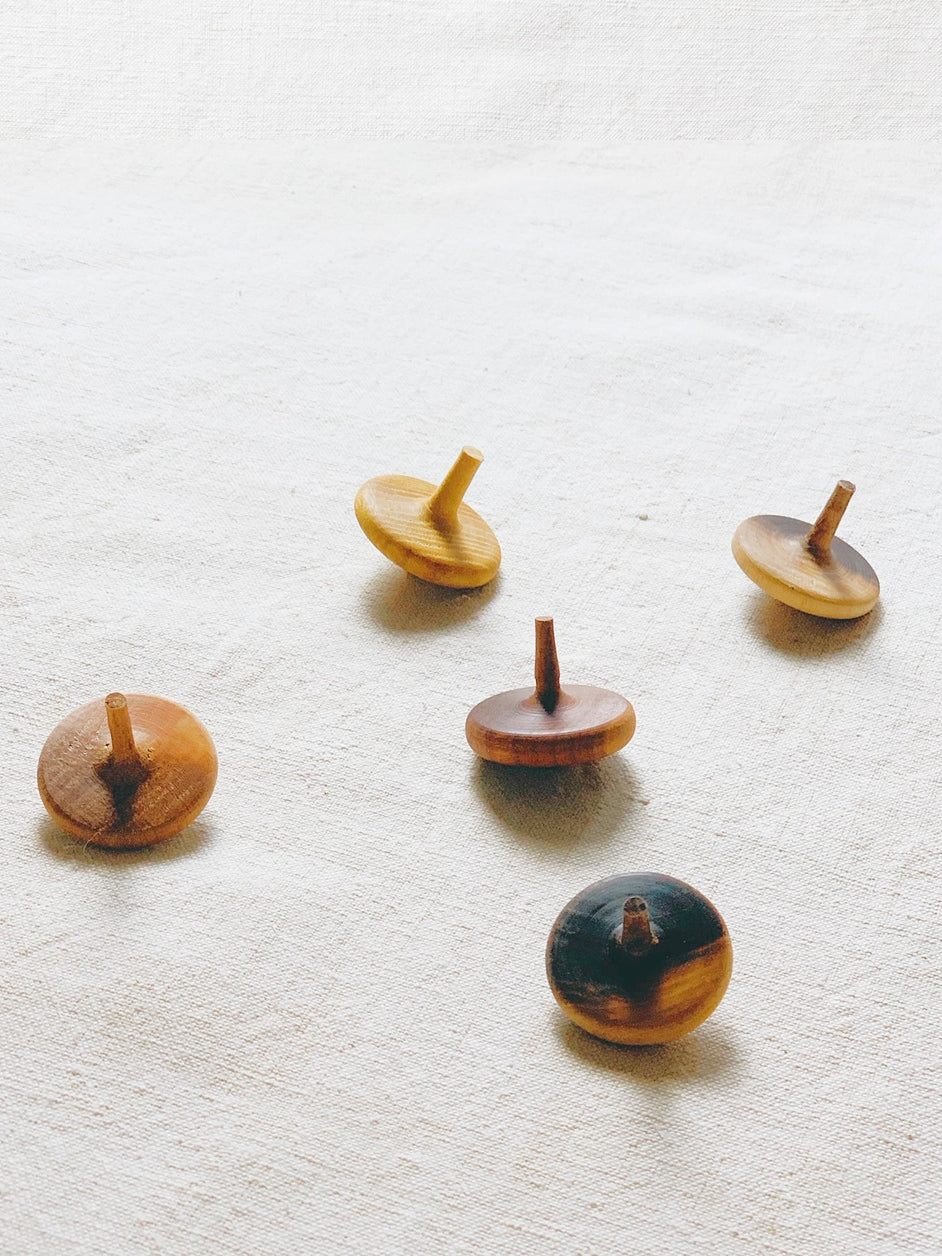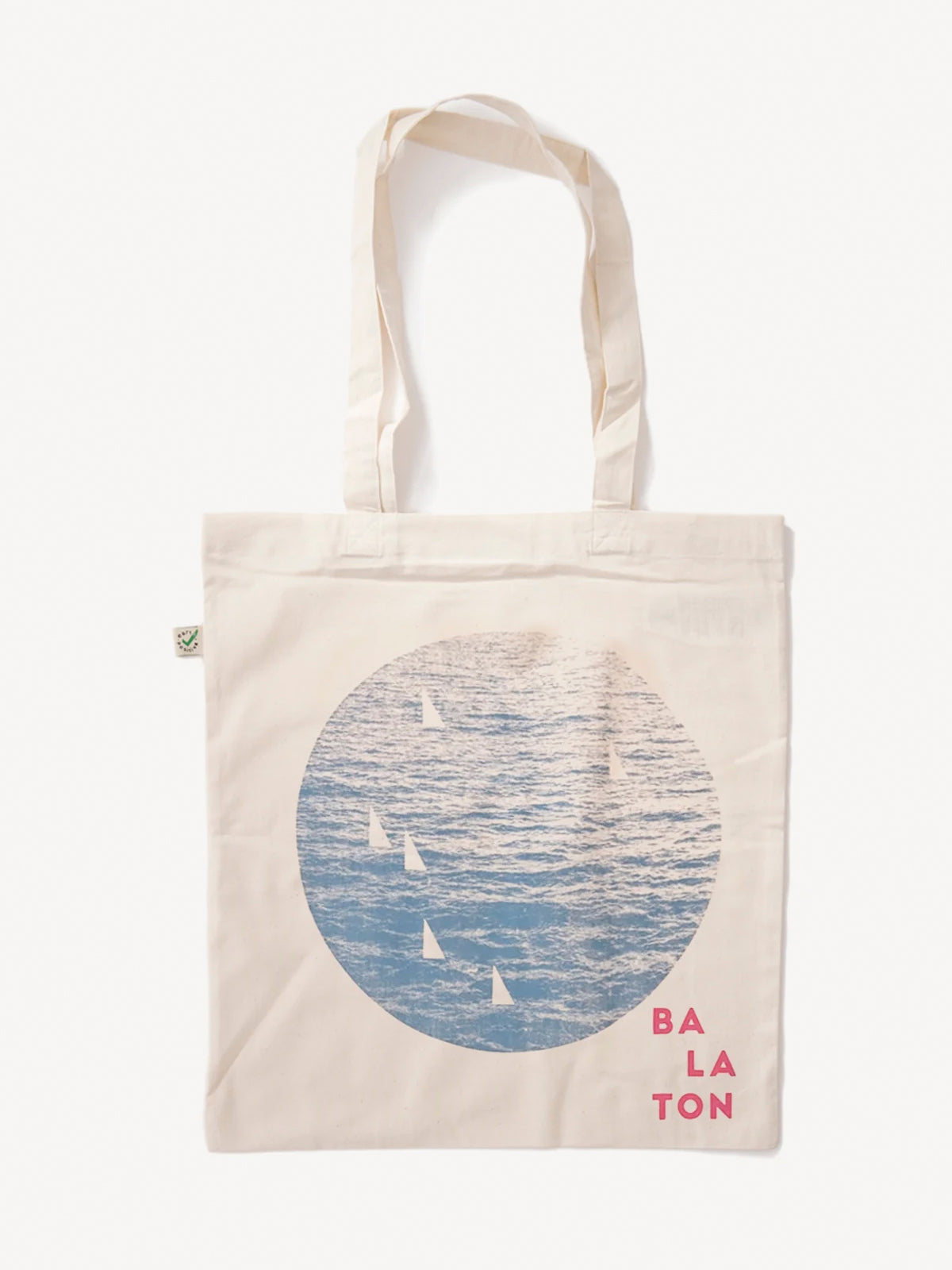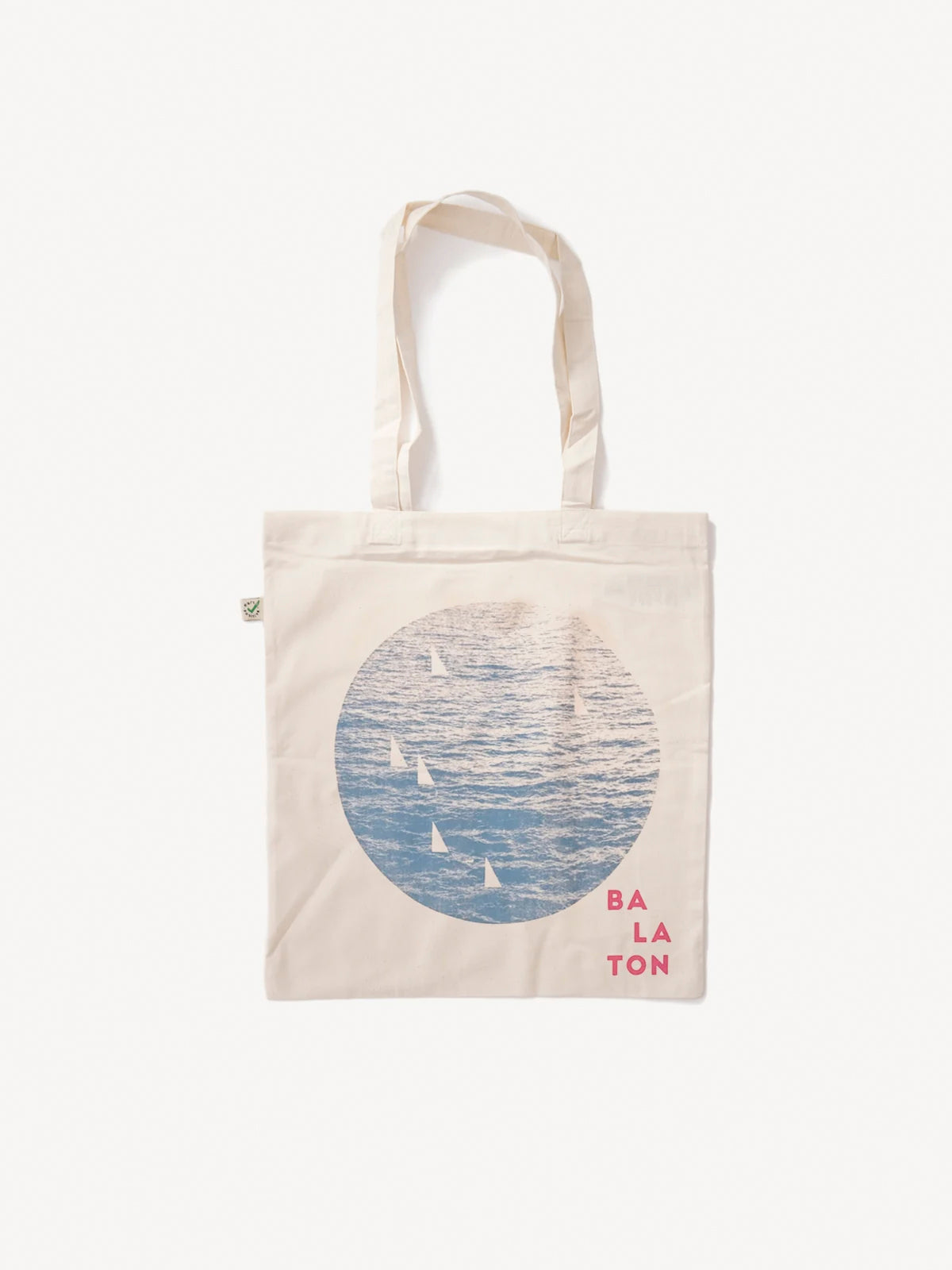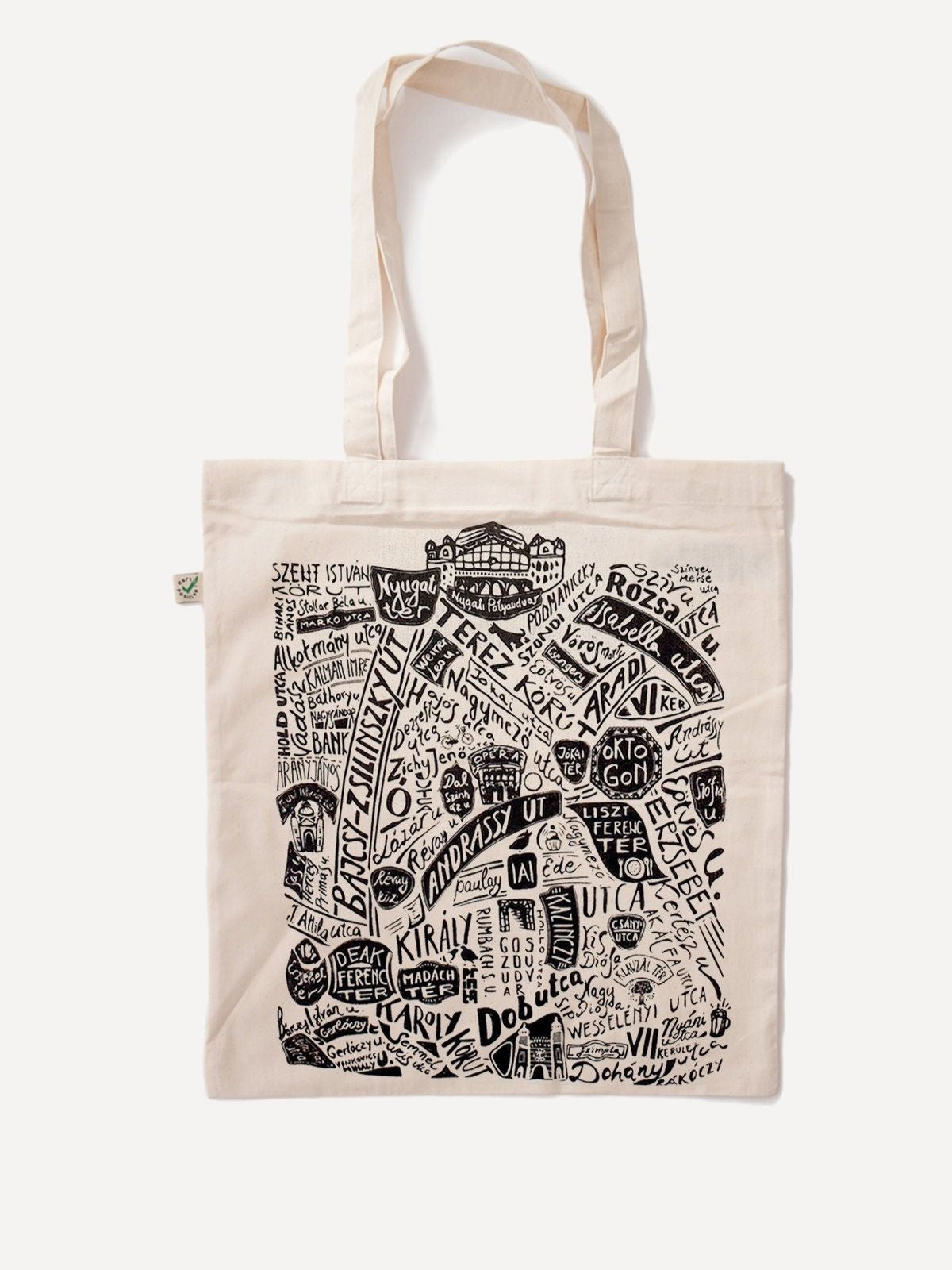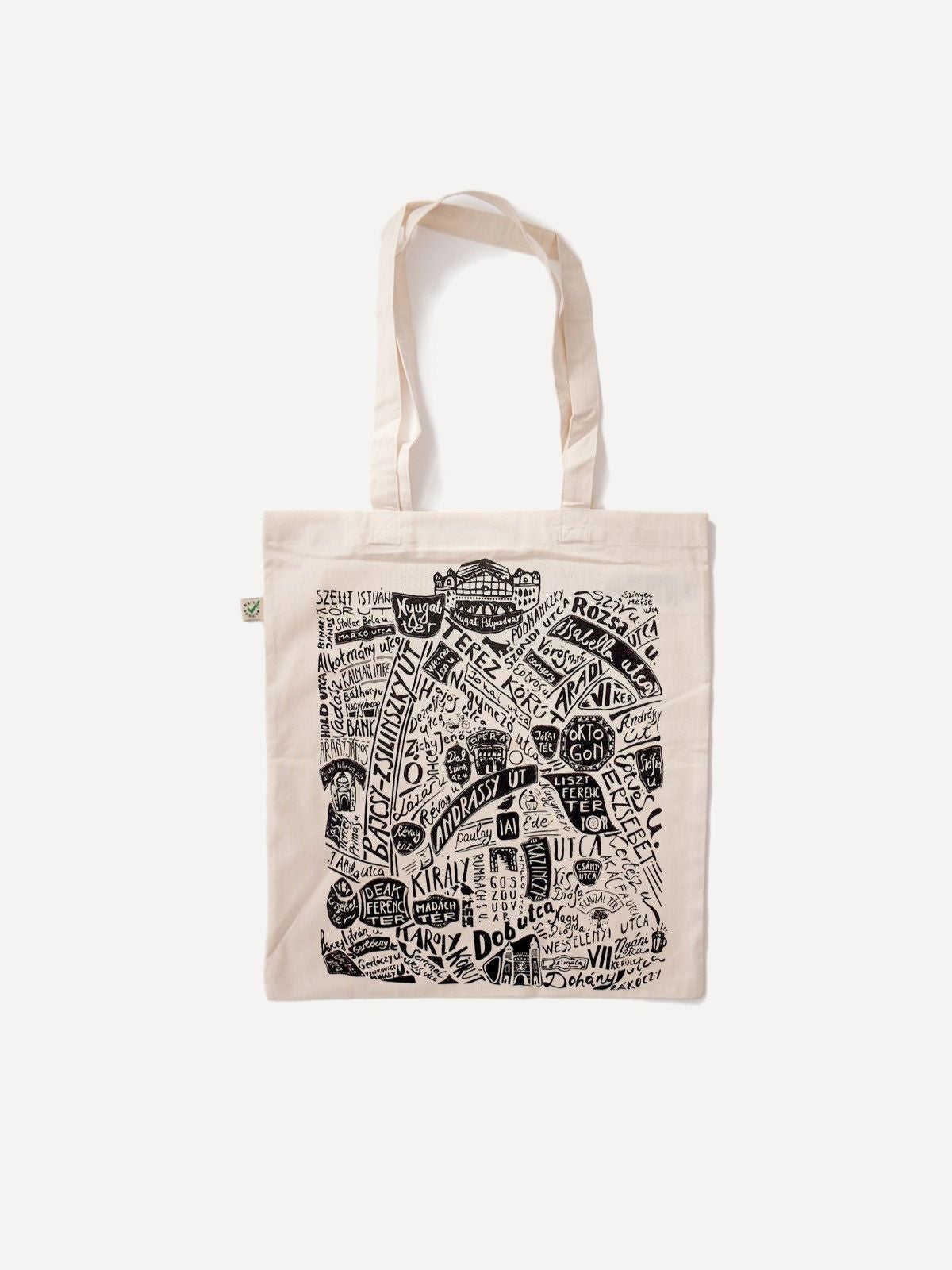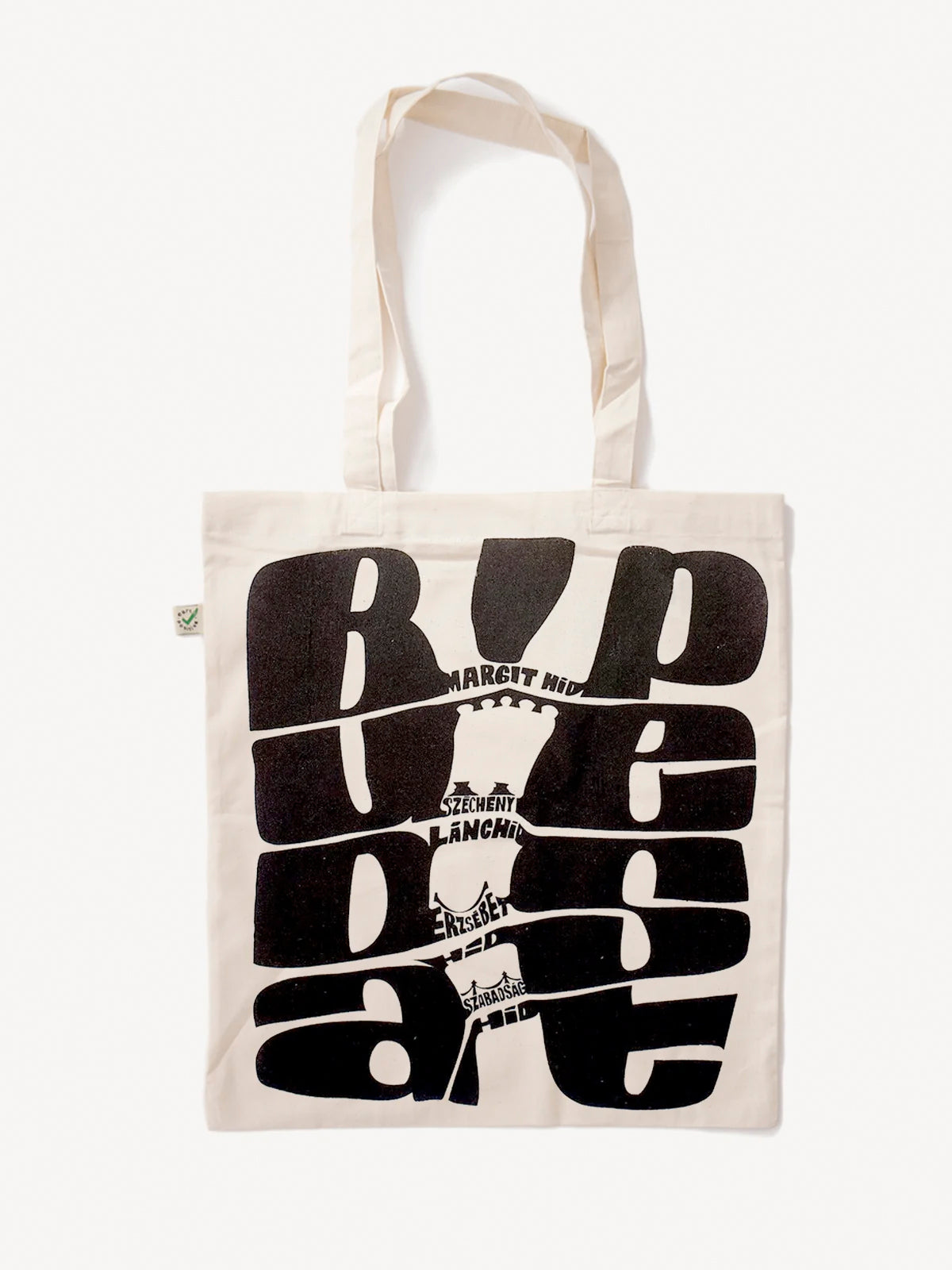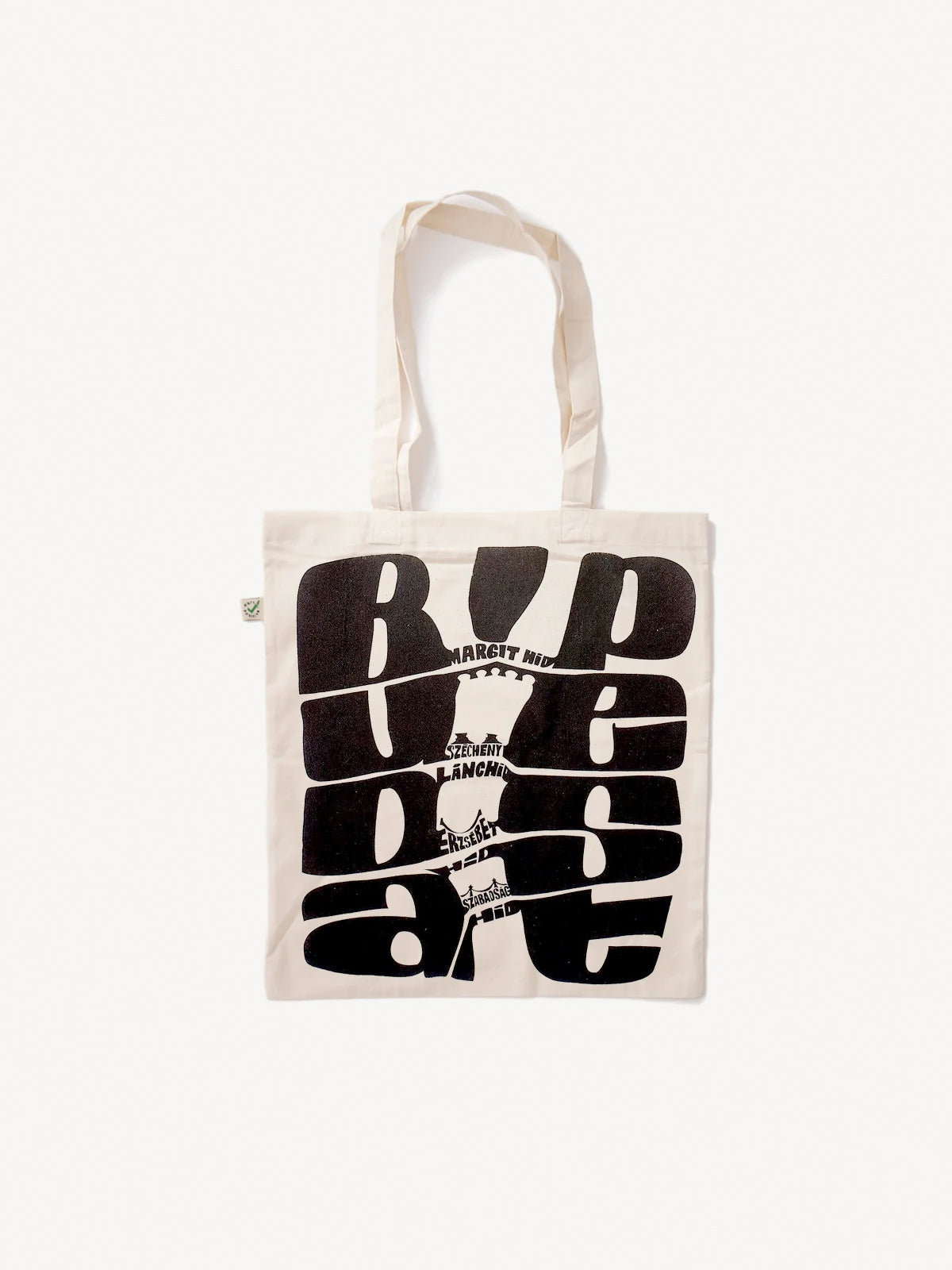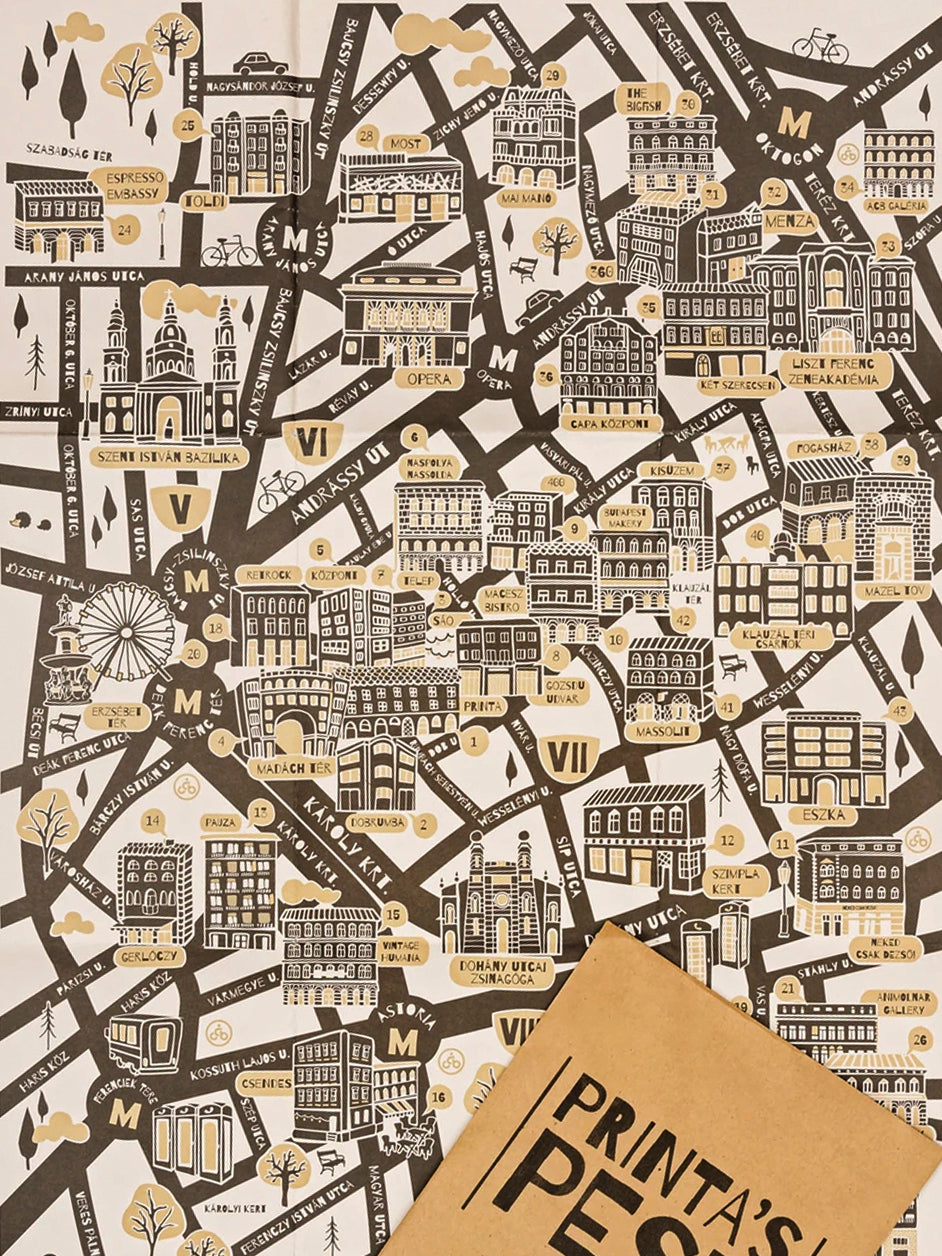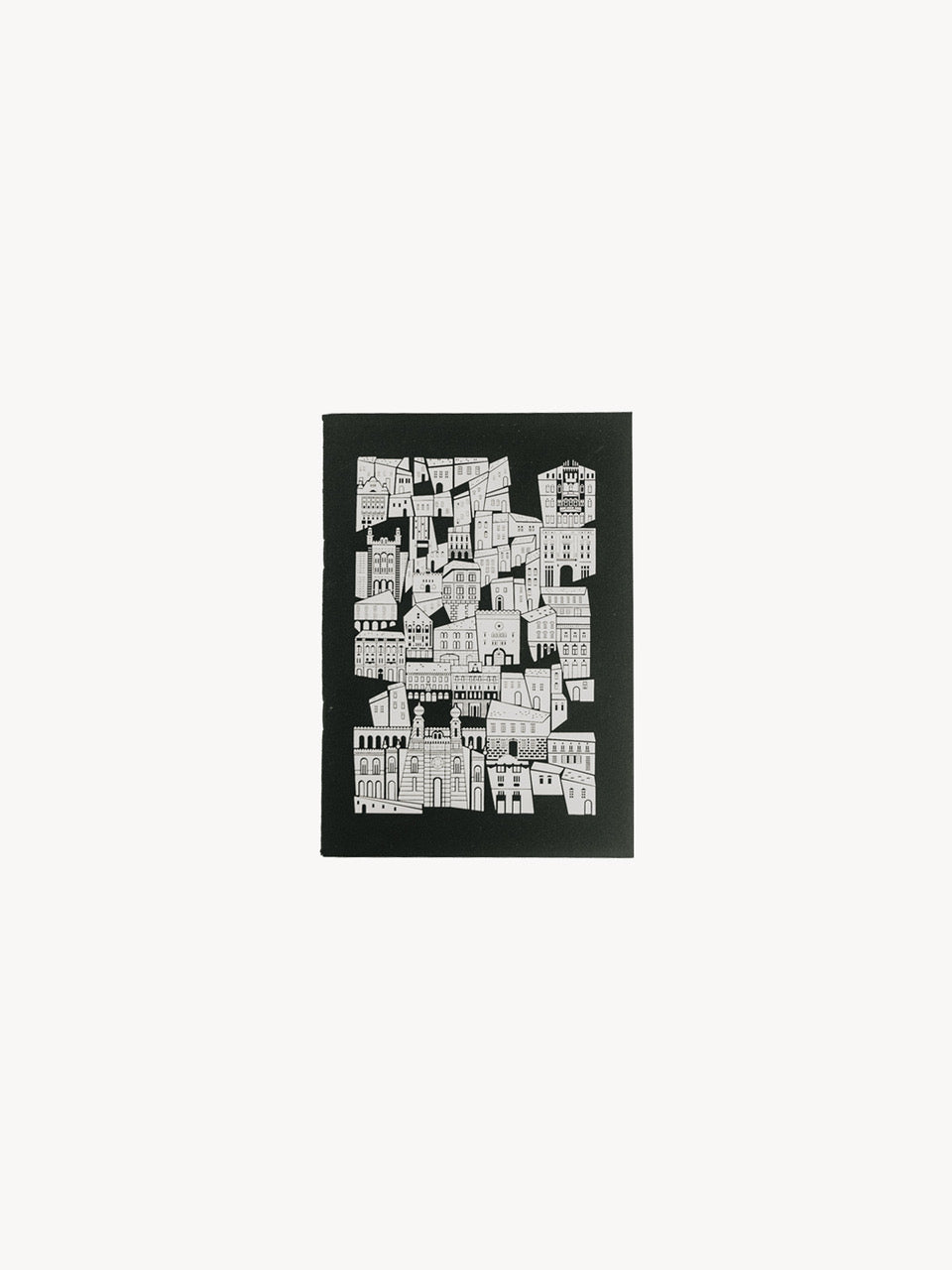Zita has always been interested in people who create value in their field, so we are starting a new series of articles in which you can get to know them a little more closely - with whom we somehow fell in love.
Our love is not at all unfounded: Printa crushes are perfectly aligned with Printa's philosophy and visuals. The women appearing in the series are significant community shapers and they have an inspiring power: with their work and their whole being, they make the world a more livable, beautiful and sustainable place.
"I love Budapest, and I consider it important to protect and nurture its built heritage and social fabric."
In the previous episode of Printa Crush, I talked with Aniko Rácz , and now Kati Vörös showed a slice of her life. After her various researches, Kati set her sights on a career as an interior decorator. I also asked about her previous experiences, which strongly permeate Kati's current work - perhaps that is why each of her works is so unique, authentic and fresh. Like Printa, he is also closely connected to the seventh district and actively strives for a sustainable lifestyle both at work and in his private life. I asked Kati questions about the above topics, and of course the fun fact couldn't be left out either.

What is your mission?
I love Budapest and consider it important to protect and nurture its built heritage and social fabric. I moved to Rumbach Sebestyén Street almost at the same time as Printa, some eleven years ago. The Jewish quarter has since been swept away by partying hordes, but the neighborhood has grown close to my heart. It's irreplaceable to just drop by the Örkény theater without a jacket, drink a coffee in the cafe next door, stop by the picture frame shop in Király utca for a chat, pick up my antiquarian book order in the small stationery shop next to the synagogue, buy a birthday card or gift for someone in Printa and slouch around in slippers to the gym every day.
Although there are more and more Airbnb apartments in the district that have been transformed with horrible aesthetic and technical quality, completely ignoring the historical context, a few of my friends still live here, and I am still helping to renovate two homes. I'm almost going home to the house on Klauzál tér, where the photos were taken. The apartment in the picture with the sofa is one of my favorite works. During the renovation and furnishing, I kept in mind the style of the house built in 1939, restoring all original elements, such as the door handles designed by Walter Gropius. As always, I tried to find out as much as possible about the history of the house, which was impressively modern for its time - with central heating, a garbage disposal, an elegant hall and a shared roof terrace. The few-year-old building and its inhabitants were not spared by history: in 1944, it was declared a starred house, then it was placed inside the walls of the ghetto, and many people crowded into the unheated, dark apartments. I did not learn more about their fate, but it is certain that famous musicians such as Rezső Seress, Jenő Beamter and Gábor Presser lived here after the war.

What do you think are the most obvious environmentally conscious efforts in the field of home culture that anyone can easily apply, yet we easily forget about them?
I often say that there is nothing more environmentally conscious than preserving what you can during the renovation. Aesthetically and from the point of view of sustainability, it is very harmful that it has become a reflex to replace the wooden windows with plastic, replace the groove parquet with laminate and throw away the original doors. It's sad to see how many beautiful ornate doors with copper handles are lying on the pavement during garbage collection in the inner districts. I live in an apartment built in 1961, where I insulated the original windows, polished the aluminum handles, polished the burgundy cement slab in the kitchen, kept the brown tiles in the bathroom renovated in the 80s, and re-enamelled the bathtub. The same applies to equipment. You don't always have to buy a new one. If so, it can easily be used. Most of my furniture is from the '60s and '70s, I bought the armchairs and chairs for practically pennies and had them reupholstered.

You always try to keep sustainability in mind during your work, is this also true for your wardrobe? As a fan of antique furniture, I think you are also enthusiastic about second-hand, vintage clothing.
Maybe because I don't have a crazy amount of clothes and shoes, I haven't really caught wind of the capsule wardrobe and the "I won't buy anything for a year" type of initiatives. I shop in fast fashion stores rarely and purposefully. Besides Printa, my favorite Hungarian brands are Tomcsányi and Laoni, which are also important to me because their physical presence adds a lot to the livability of my neighborhood. I have been going to Turkáló - and to donation shops in England and Vienna - for a very long time. One of my favorite pieces is a pink coat from the sixties that I bought in Chichester over ten years ago for four quid. I admit that as a big fan of decluttering, I found several of my clothes and bags on the street. In Újlipótváros and the districts of Buda - where the socialist elite lived - you can find very high-quality tailor-made or Western items from the 1960s, 70s and 80s.

If you look back on your life, what are the main things that have added the most to your personal development?
I grew up in Balatonfüred, my parents were researchers at the Tihany Institute of Limnology. In connection with their scientific work and the internationality of local tourism, I quickly learned how diverse the world is and how important it is to know languages. Fortunately, Füred had a very good high school with a language department - not by the way - in a beautiful and homely modernist building built in 1964. My wonderful history teacher taught me to think critically about social issues, and I became a historian under his influence. I studied at CEU in an era that is now unimaginably optimistic, in the late '90s, which was the most formative period of my adult life. In a Pest, yet international environment, I got to know the latest social science trends - the world opened up both literally and figuratively. I have studied and researched in Sheffield, New Brunswick (New Jersey), Chicago, Leipzig and Mainz, and presented at conferences in, for example, Krakow, Paris, Berlin, London, Jerusalem, New York, Toronto, and even in Omaha, Nebraska. I've been commuting between Vienna and Budapest every week for ten years now, thankful that I don't have to suffer stomach cramps every time I cross the border, like in the 80s.

Fun facts! Tell us something interesting, strange or funny about yourself
Monday and Friday evenings are the highlight of my week, as this is when Feri has a cardiobox class at the gym I go to. The intense jump to very loud and very vulgar electronic music, the undoubted highlight of which is the techno remix of Opus' Live is Life, a very cheesy hit from my high school years, is completely off-putting. At that point, the mood is such that you don't even notice that you are pressing the millionth four-stroke push-up.

